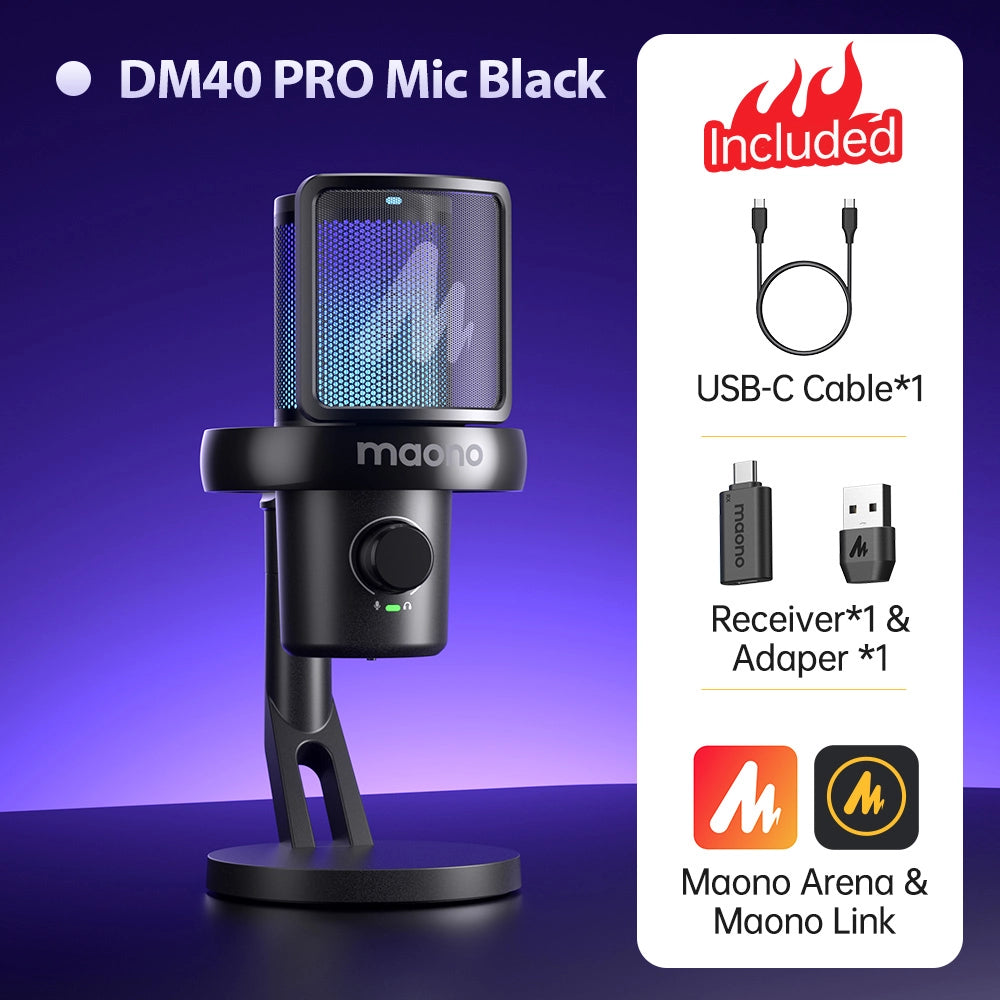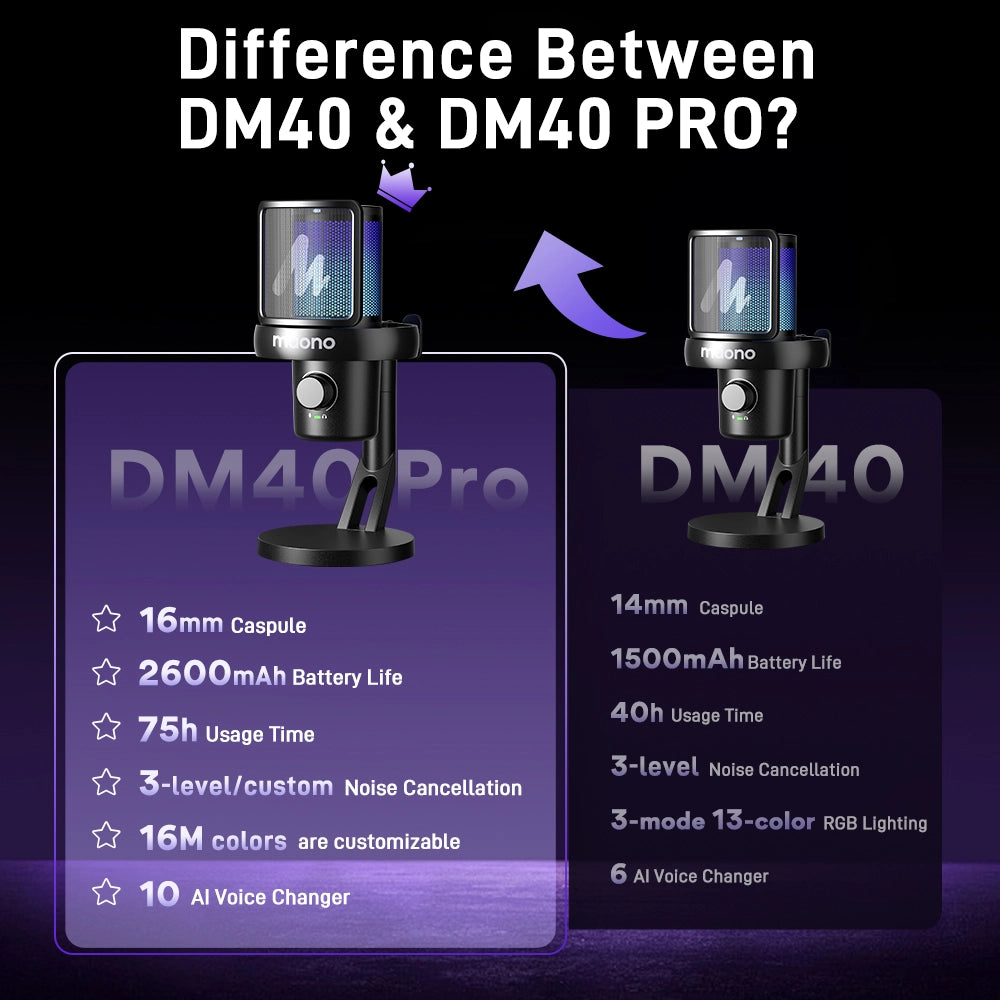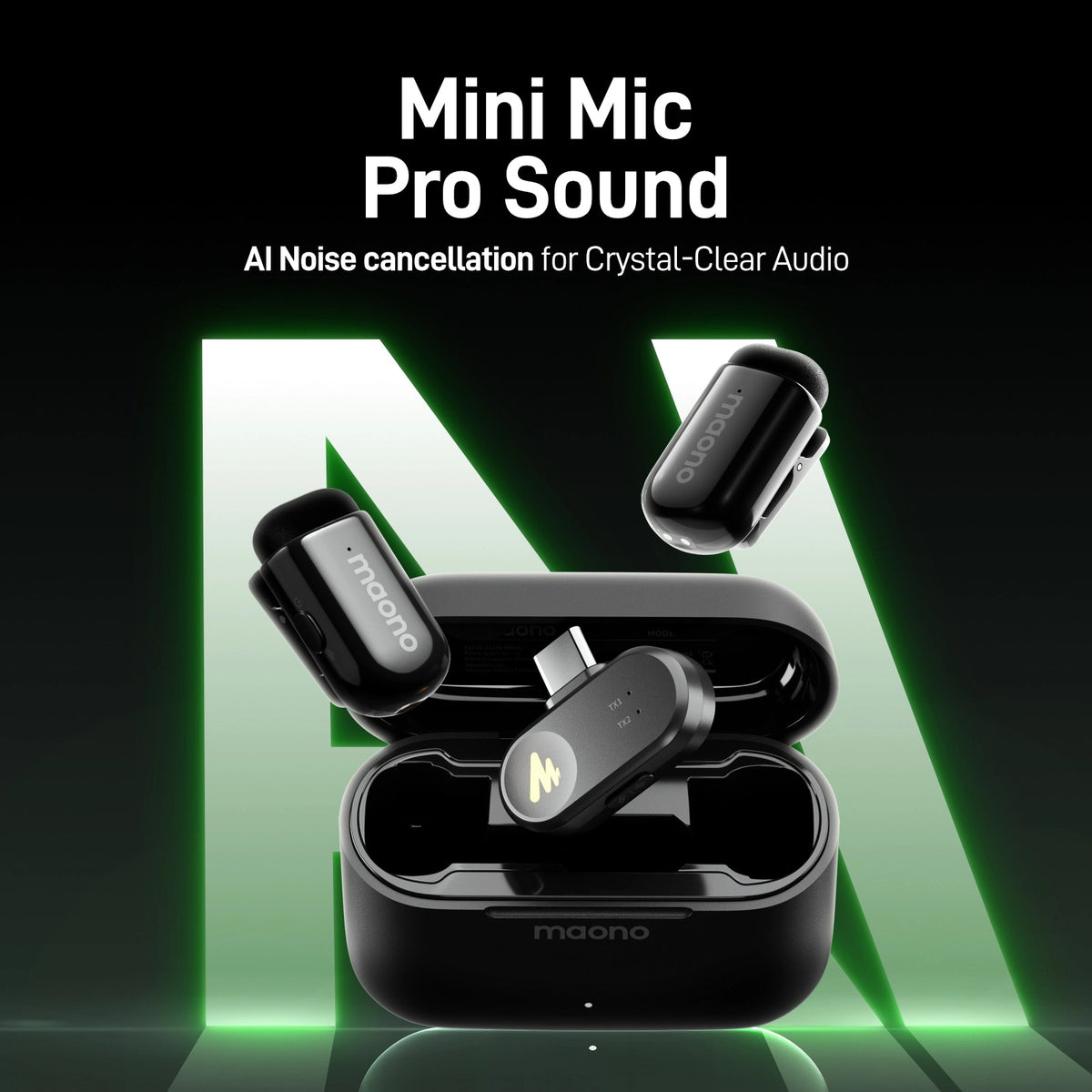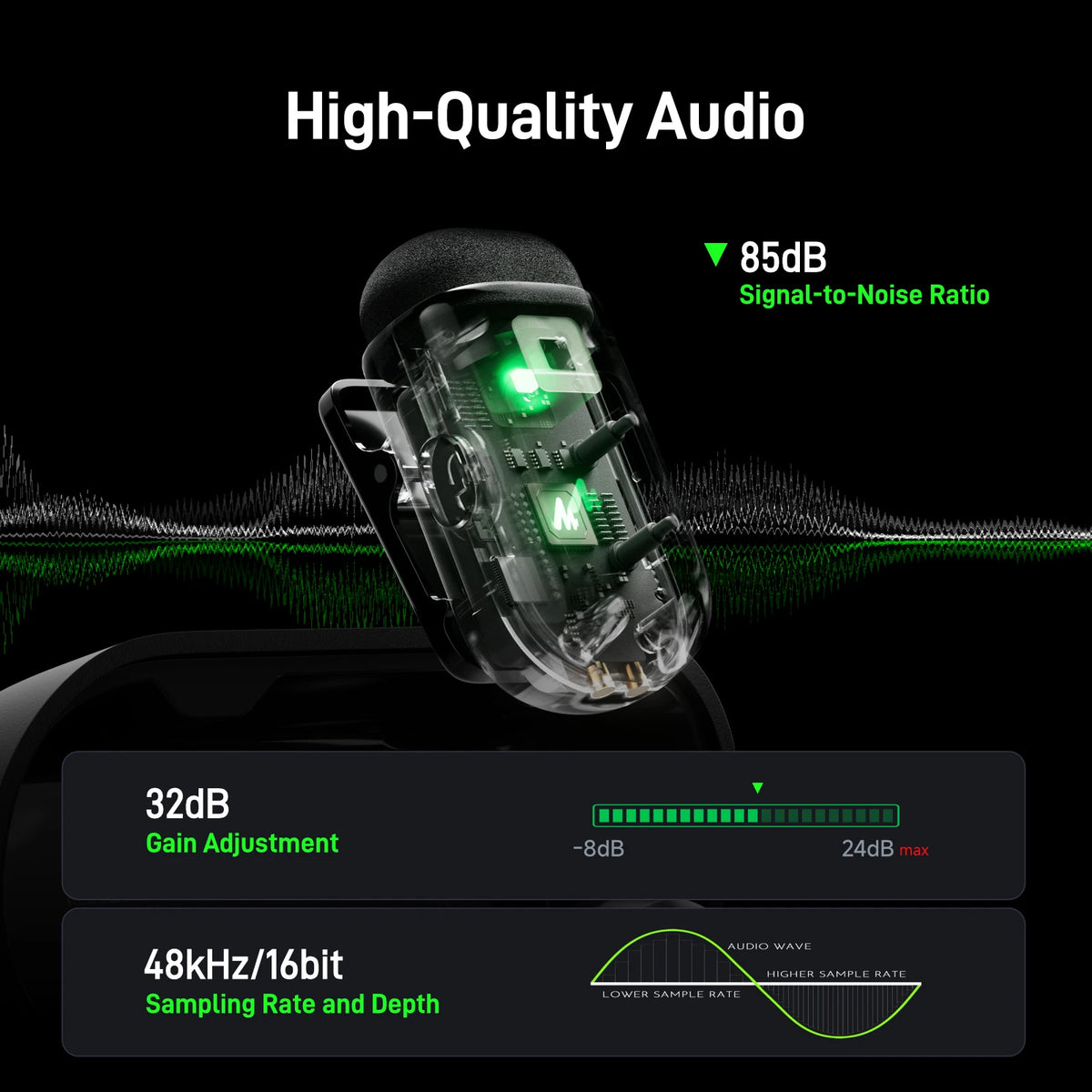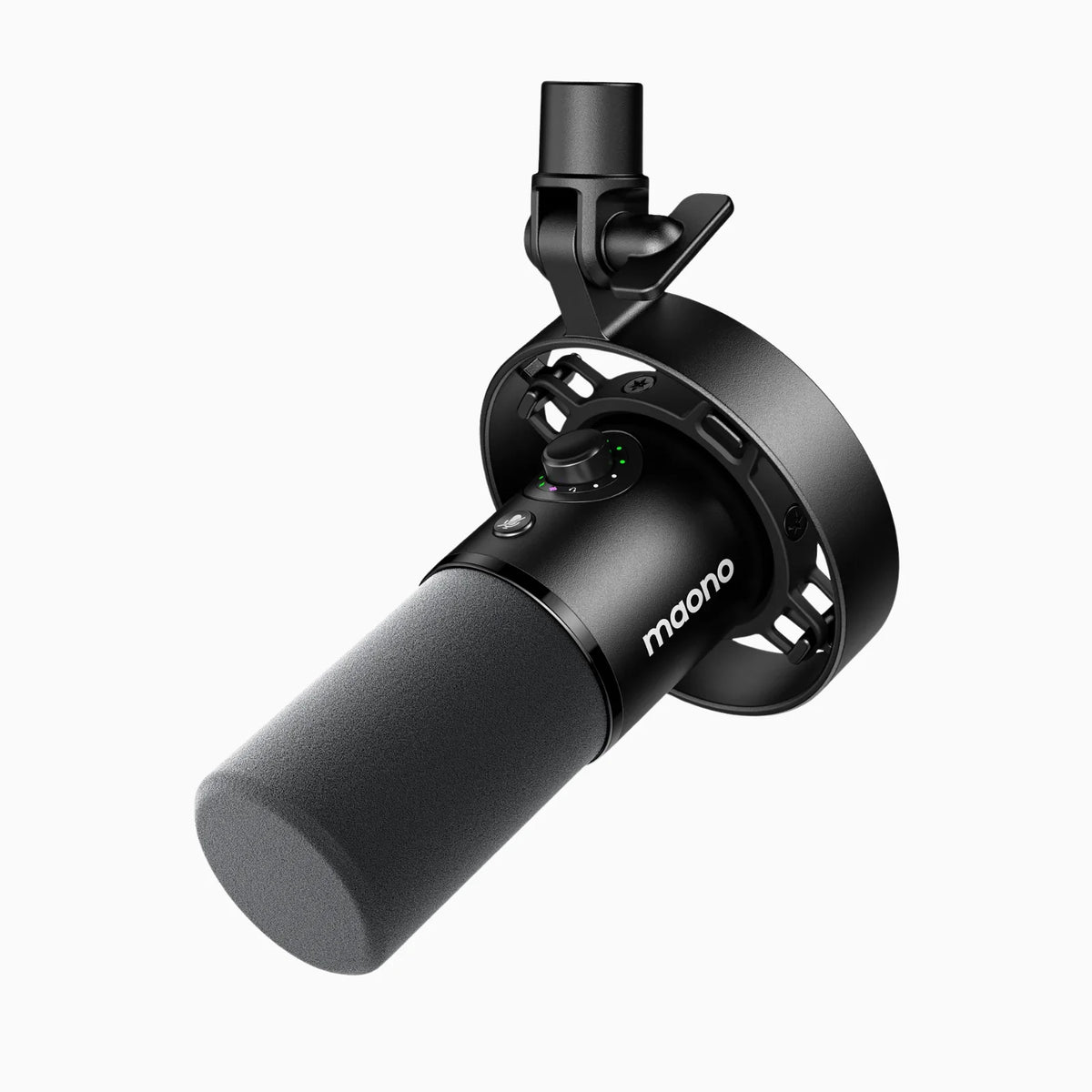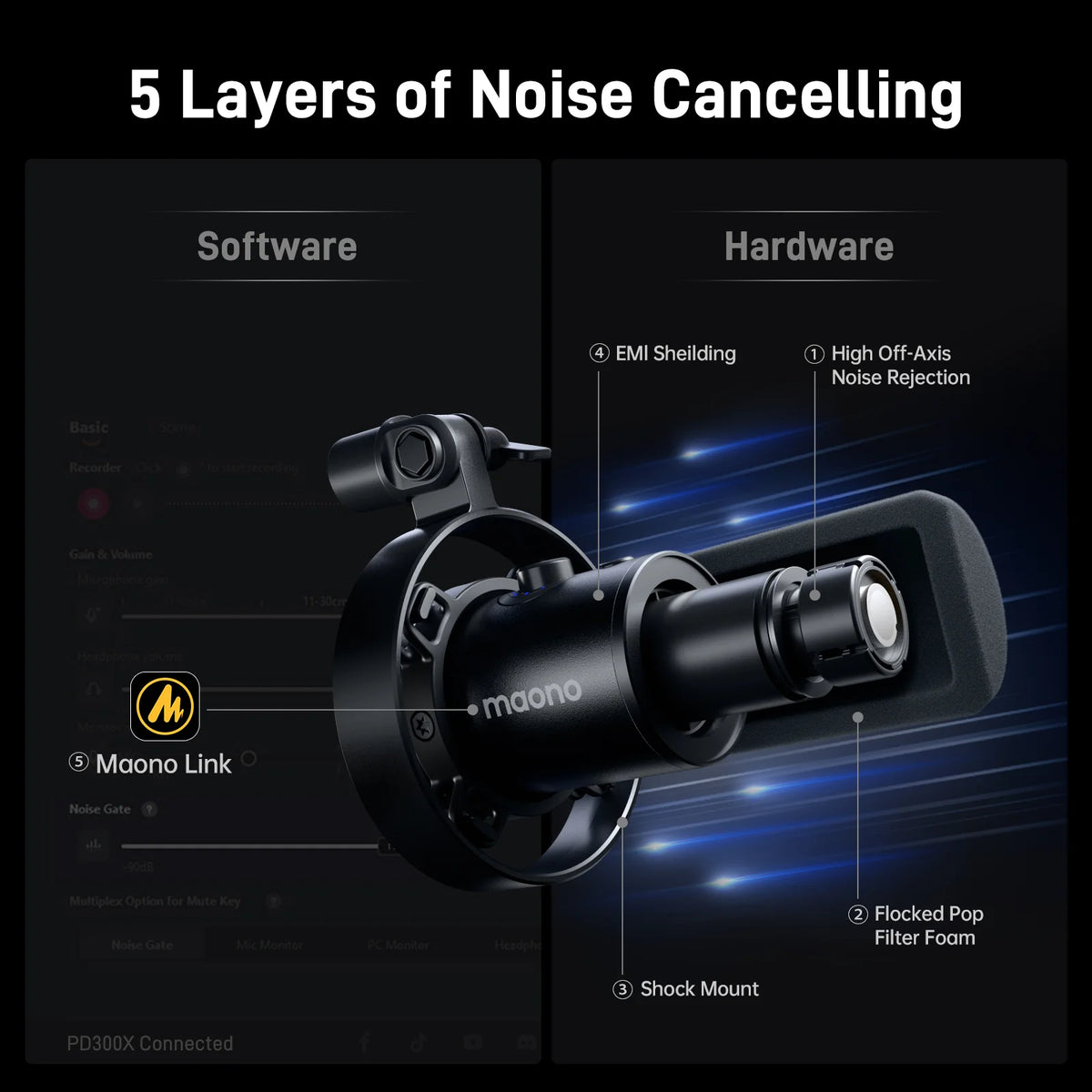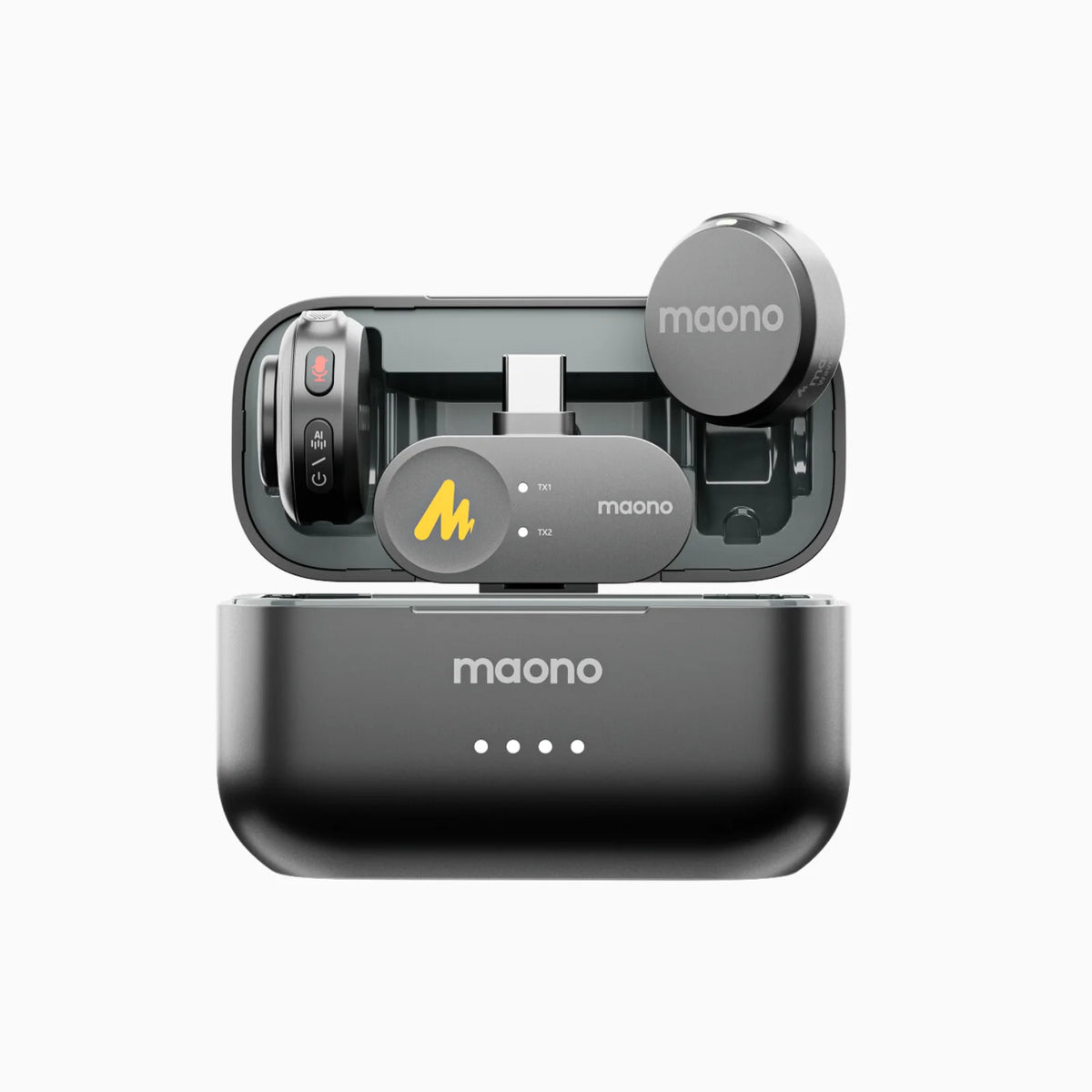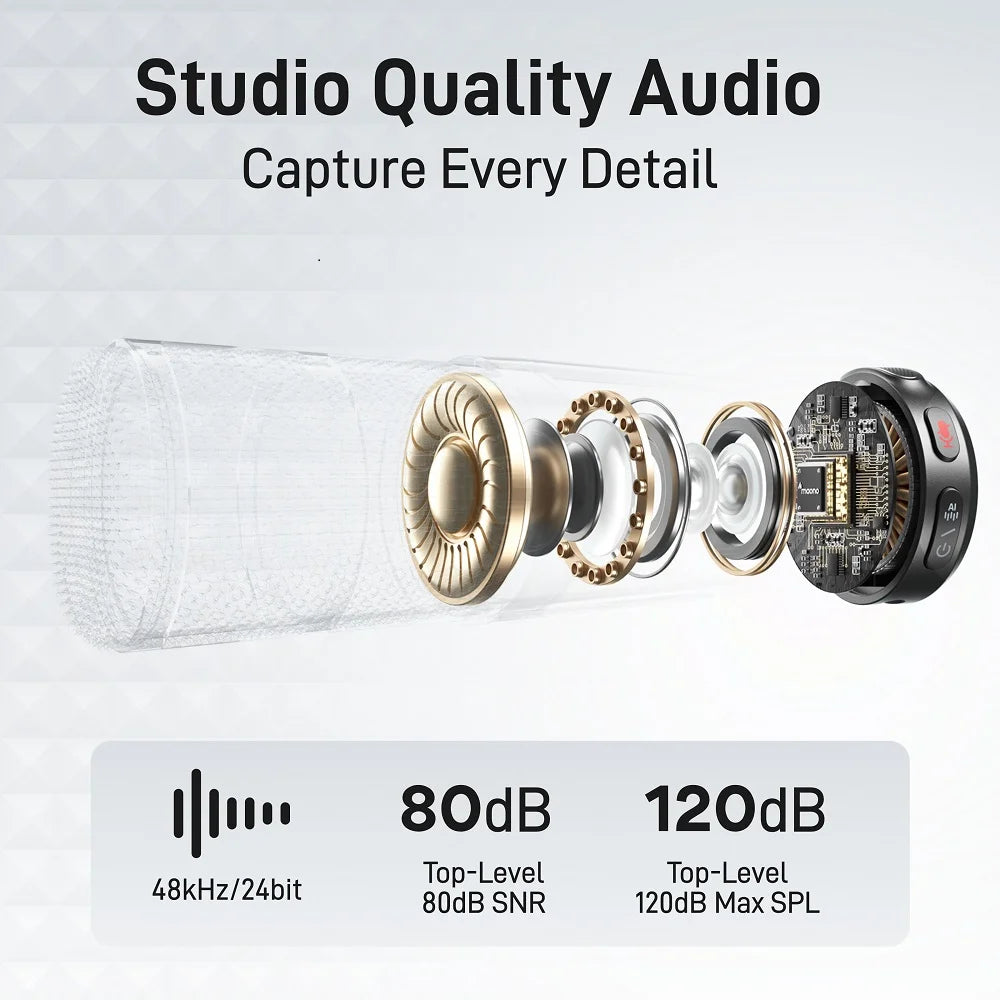Microphone choice is crucial for content creators, particularly in the streaming and YouTube space. Whether you’re a seasoned pro or just starting, the decision between an XLR vs USB microphone can significantly impact the quality of your recordings. With new advancements in both types in 2024, it’s important to understand the key differences, benefits, and challenges of each to determine which microphone is the best fit for your needs.
What’s the Difference Between USB and XLR Microphones?
The most significant distinction between USB and XLR microphones lies in their connectivity and overall flexibility. A USB microphone connects directly to your computer via a USB cable, making it a popular choice for plug-and-play setups. It has a built-in analog-to-digital converter, meaning you don’t need extra equipment like an audio interface to start recording. USB microphones are ideal for those who prioritize simplicity and convenience.
On the other hand, an XLR microphone requires an external audio interface or mixer to convert the analog signal into a digital one. XLR microphones are common in professional studio environments due to their superior audio quality and versatility, allowing for more precise sound control.
How Do You Compare a USB Mic vs. XLR for Streaming?
For streaming, the comparison between USB and XLR microphones revolves around three key factors: audio quality, setup complexity, and flexibility.
- Audio Quality: XLR microphones are known for higher fidelity sound due to their balanced audio signal, which reduces noise and interference. USB microphones, while capable of great sound, may not offer the same dynamic range and clarity, especially in complex audio environments.
- Setup Complexity: USB microphones are much easier to set up since they require only a direct connection to your computer. XLR microphones, however, involve connecting to an audio interface, configuring settings, and potentially more equipment like mixers or preamps.
- Flexibility: XLR microphones offer more flexibility when it comes to integrating other audio gear. You can upgrade your system by adding components like compressors, equalizers, or effects processors. USB microphones are more limited in this regard, as everything is built into the microphone.
Are XLR Microphones Better Than USB?
Whether an XLR microphone is better than a USB microphone depends on your needs as a creator. XLR microphones generally outperform USB microphones in terms of sound quality and customization potential. This makes them an excellent choice for professional streamers or those looking to scale up their setup. However, USB microphones are far more convenient and cost-effective, making them ideal for beginners or those who value ease of use over ultimate audio performance.
Advantages and Disadvantages of XLR vs. USB Microphones
Advantages of XLR Microphones:
- Superior Audio Quality: Provides higher dynamic range and clarity.
- Expandable Setup: Allows for integration with other audio gear like preamps, compressors, and mixers.
- Balanced Audio Signal: Reduces noise and interference, leading to cleaner recordings.
Disadvantages of XLR Microphones:
- Cost: Typically more expensive, especially with the need for additional gear like an audio interface.
- Complex Setup: Requires more time and technical knowledge to configure.
- Portability: Less portable due to the need for extra equipment.
Advantages of USB Microphones:
- Ease of Use: Plug-and-play capability makes setup quick and straightforward.
- Affordable: USB microphones are generally more affordable since they don’t require extra equipment.
- Portability: Ideal for on-the-go recording as they connect directly to a computer.
Disadvantages of USB Microphones:
- Limited Audio Quality: While good for basic setups, they may lack the depth and clarity of XLR microphones.
- Less Customization: Limited ability to upgrade or expand your audio setup.
- Built-In Limitations: The built-in converter may not provide the same level of quality as a dedicated audio interface.
Should You Get an Expensive Microphone (XLR or USB) If You’re Just Starting Out?
For those just starting with YouTube or streaming, it’s not necessary to invest in an expensive microphone right away. A high-quality USB microphone can provide more than enough audio fidelity for beginner streamers or vloggers. Over time, as your audience grows and you require more advanced audio control, upgrading to an XLR microphone might be a worthy investment. However, if you're planning to pursue audio production or high-level streaming professionally, starting with an XLR setup can future-proof your gear.
FAQs
1. Is There Any Difference Between Using a Normal and Phantom-Powered Microphone Through an Audio Interface (XLR) vs. Directly Into the Computer (USB)?
Yes, there is a difference. Phantom-powered microphones (often condenser microphones) require external power, which is supplied by an audio interface or mixer when using an XLR connection. The audio interface also allows you to control gain, equalization, and other audio characteristics more precisely. On the other hand, USB microphones have built-in preamps and converters that power the mic and process the audio, though typically with less control over fine-tuning the sound.
2. What Are the Best USB and XLR Mics for Streaming in 2024?
Here are seven of the best microphones for streaming in 2024, including both USB and XLR options:
Best USB/XLR Microphones:
1. Maono PD400X

- Type: USB/XLR dual connectivity
- Features: Built-in DSP, gain control, cardioid polar pattern
- Why it's great: Offers the flexibility of both USB and XLR, perfect for beginners and pros alike.
2. Razer Seiren X
- Type: USB
- Features: Built-in shock mount, supercardioid polar pattern
- Why it's great: Compact, affordable, and tailored for streamers.
3. Blue Yeti X
- Type: USB
- Features: Four polar patterns, high-res LED metering
- Why it's great: Versatile and capable of high-quality audio capture.
4. Maono A04

- Type: USB
- Features: Cardioid pattern, pop filter included
- Why it's great: Budget-friendly yet high-quality, great for beginners.
Best XLR Microphones:
-
Shure SM7B
- Type: XLR
- Features: Wide-range frequency response, cardioid pattern
- Why it's great: Industry standard for podcasts and professional streaming.
-
Audio-Technica AT2020
- Type: XLR
- Features: High SPL handling, cardioid pattern
- Why it's great: Affordable yet offers high-quality, crisp sound for streaming.
-
Rode NT1-A
- Type: USB/XLR
- Features: Ultra-low self-noise, wide dynamic range
- Why it's great: Excellent for clear vocal recordings in a professional streaming setup.
3. How Easy Is the Setup Process for the XLR Microphone? How About the USB Microphone?
XLR Microphone Setup:
Setting up an XLR microphone is more involved. You’ll need an audio interface or mixer, which serves as the intermediary between the microphone and your computer. This setup can involve configuring settings such as gain levels, phantom power (if using a condenser mic), and equalization. While the process offers more control over the audio, it’s more complex and requires additional equipment.
USB Microphone Setup:
A USB microphone setup, by contrast, is extremely easy. You simply plug it into your computer’s USB port, and the system recognizes the device instantly. Most USB microphones come with built-in preamps and analog-to-digital converters, making the setup process seamless and requiring no extra hardware.
Final Thoughts
In 2024, whether to choose an XLR vs USB microphone largely depends on your experience level and specific needs as a content creator. For beginners, USB microphones offer affordability, simplicity, and solid audio performance without the need for complex setups. On the other hand, XLR microphones provide superior audio quality and are perfect for professionals looking to create a scalable setup for streaming or podcasting. As your content grows, so will your audio needs, and moving from USB to XLR may become a natural progression.
Related Articles:
XLR vs USB Microphones: Which is Better for Podcasting?
Basic Audio Terms You Should Learn Before Buying a Microphone
Choosing the Best USB Microphone for Your Podcast: Tips for Beginners










